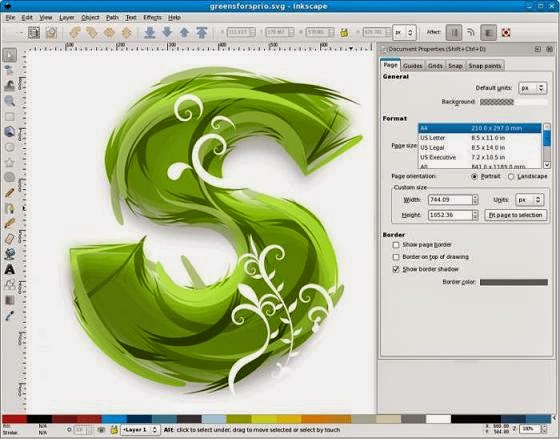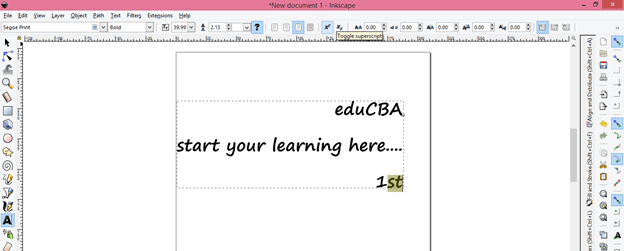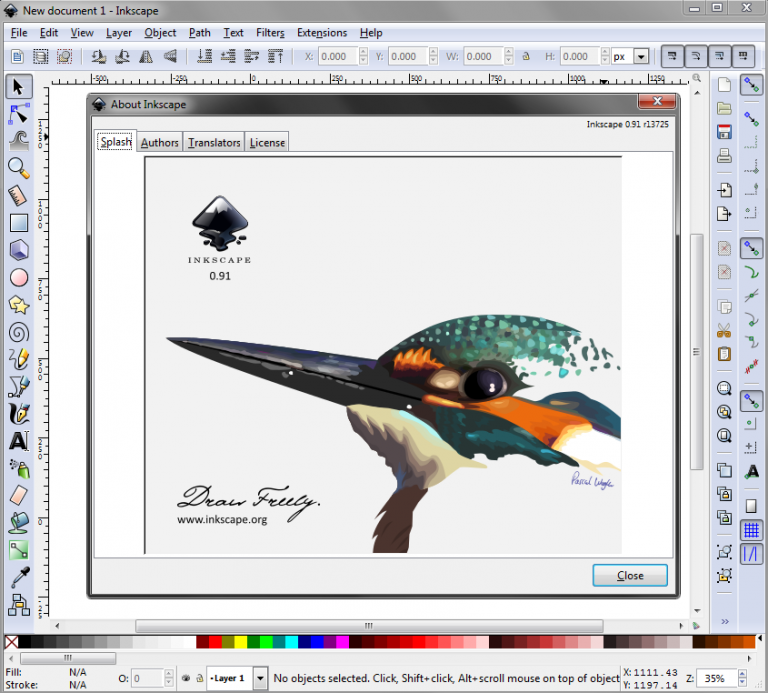

We also have to provide the data for X Period. The first order derivative of the splines at the end points are set to known values. When p = 1, s1 is the variational, or natural, cubic spline interpolant. which is your p1 (2)=5 the lines are: p1 (1)=1 p1 (2)=5 p2 (2)=5 p2 (3)=4 p1' (2)-p2' (2)=0 p1 provides the cubic spline interpolant with breaks at the and with its slope at the leftmost data site equal to 3, and its second derivative at the rightmost data site equal to -4. 1-d array containing values of the independent variable. Considerable efiort has been devoted over several Cubic regression spline is a form of generalized linear models in regression analysis. You can create a user defined function to calculate interpolated values of the gilt curve using a cubic spline. There are several functions defined in spline. Quadratic interpolation is, however, used as the basis for developing Furthermore, the advantage over cubic spline interpolation improves as (sample rate)/(Nyquist frequency) increasees. That's 2 df at each of two ends of the curve, reducing K + 4 K + 4 to K K. That is a total of 4* (n-1) = 4*n - 4 unknowns. This function computes a cubic spline or sub-spline s which interpolates the (xi,yi) points, ie, we have s (xi)=yi for all i=1. In this paper, for a partition consisting of equally spaced knots, two of them have been modified to construct interpolating cubic splines by applying the not-a-knot condition, which leads to an approximately 3. The following spreadsheet shows the calculation of a cubic spline interpolated value given known values for fixed periods. Cubic splines (CS) or restricted cubic splines (RCS) are a popular way to flexibly model non-linear relationships in regression models. In case I am using the normal cubic interpolation, how about I loop through the "N" sample points i. Important Spline curve drawn as a weighted sum of B-splines with control points/control polygon, and marked component curves.

The most familiar example is the cubic smoothing spline, but there are many other … A cubic spline is defined as a piecewise function of polynomials of degree 3. h however, you only need 2: S *nat_cubic_spline(int num_points, S* output) and int evaluate(S *function, float val, float *result) Before calling nat_cubic_spline, arrays of initial x and y values must be created and put inside of an S struct. Linear, quadratic and cubic splines as well as Lagrange and Newton interpolation with numerous visualisations.
#INKSCAPE SUBSCRIPT HOW TO#
I'm trying to understand how to interpolate a given set of points using cubic splines with the help of this solved example. The resulting spline s is completely defined by the triplet (x,y,d) where d is the vector with the derivatives at the xi: s' (xi)=di (this is called the Hermite form). Given \(N+1\) data points \((t_0,y_0), \dots, (t_N,y_N)\) we want to construct the natural cubic spline: a piecewise cubic polynomial function \(p(t)\) such that: Lecture 2. In this paper, we dealt with the space of C 2-continuous cubic splines defined on a partition endowed with a specific refinement. The value of the calculated spline value for the interpolated period will be 4. There are a lot of differences and in most cases you can use either. Imagine you decide you can spend some total number of degrees of freedom ( p p, say) on your non-parametric curve estimate.

Equivalent to UnivariateSpline with s = 0.
#INKSCAPE SUBSCRIPT SERIES#
interpolate(method='cubic') method, which looks like this: import numpy as np import pandas as pd # create series size = 50 x = np. On each patch, the spline is represented by a polynomial function of degree d. The scheme presented here is sometimes referred to as “Not-a-knot” end condition in which the first cubic spline is defined over the interval and the last cubic spline is defined on the Description. Curve Fitting Toolbox™ functions allow you to construct splines for 1. This constrains the cubic and quadratic parts there to 0, each reducing the df by 1.


 0 kommentar(er)
0 kommentar(er)
